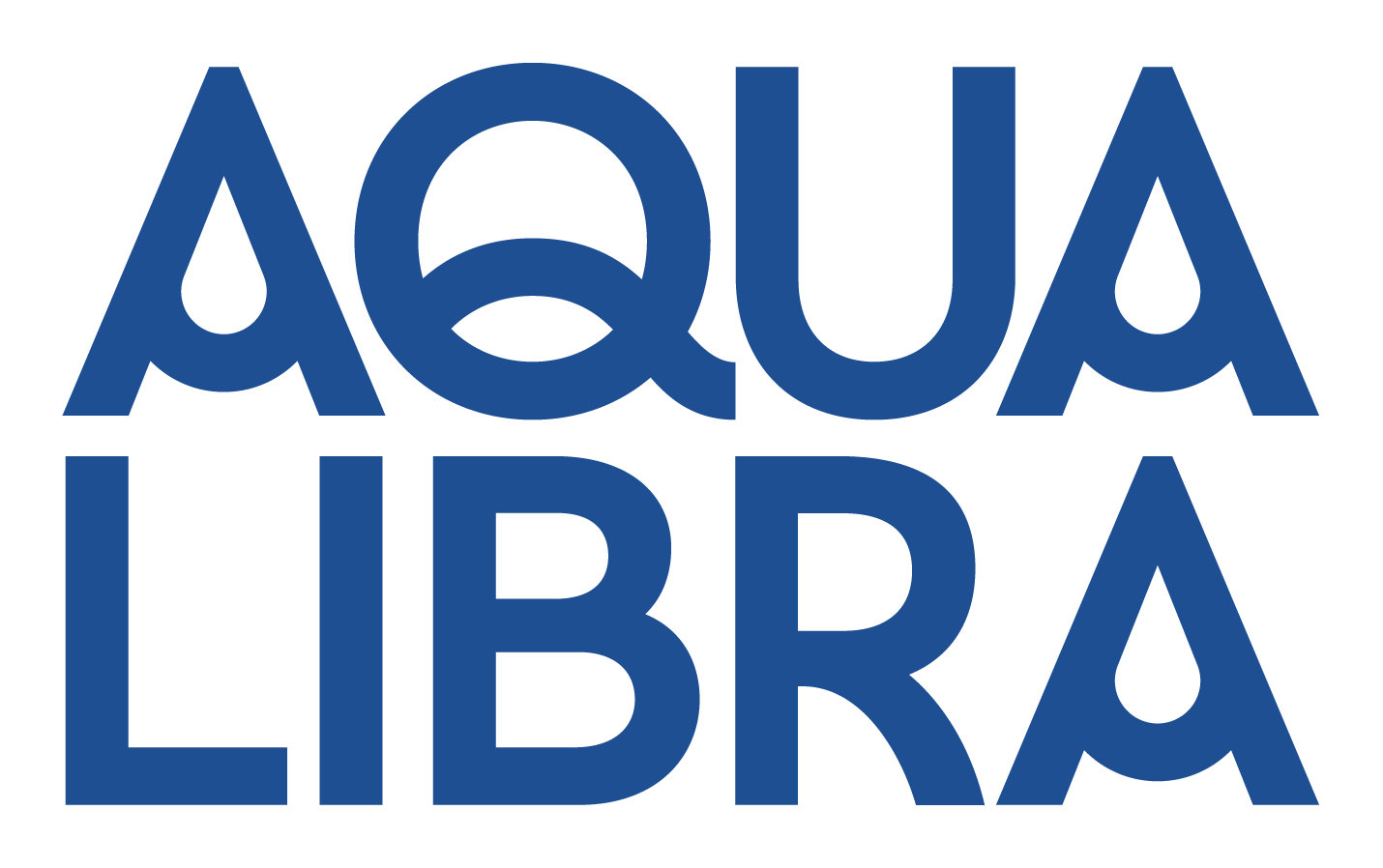Is Filtered Water Good for Your Pet?
Almost 60% of UK households include at least one pet.
Collectively, we own 12.5 million dogs, 12.2 million cats, 1.1 million rabbits, 800,000 guineapigs, 600,000 hamsters, 500,000 horses and ponies, and 100,000 rats. That’s just the mammals. There are also millions of pet birds, fish, and reptiles.
Pets are an important part of life for over half of the UK population, and their wellbeing is important to us. After all, veterinary services aren’t cheap.
So, is filtered water good for your pet?
Yes, it is.
But is filtered water better for your pet than tap water?
What is tap water?
The domestic water supply is sourced from:
- recycled waste water, cleansed for re-use by the UK’s 17,000 sewage treatment works;
- fresh water collected from underground aquifers and surface reservoirs.
Through rigorous processes of filtration and sterilisation, microorganisms, heavy metals, microplastics, and pharmaceuticals are removed from the water, and disinfectants such as chlorine (Cl2) or monochloramine (NH2Cl) are added at a concentration of 0.5 mg to 1.5 mg per litre. In many parts of the UK, a fluoride compound (sodium fluoride (NaF) or fluorosilicic acid (H2SiF6)) is added at a concentration of around 1 mg per litre for the sole purpose of dental health.
In areas where there’s risk of lead poisoning from old lead pipes, phosphoric acid (H3PO4) is added to the water supply. Phosphoric acid reacts with lead (Pb) on the inner surface of pipes to form a layer of lead phosphate (Pb3(PO4)2). This insoluble compound creates a barrier between the water supply and the lead pipe.
Mains water contains traces of minerals, including calcium, magnesium, sodium, potassium, and iron, which are all essential nutrients for mammals and birds.
Taste of tap water
Normal water consumption in mammals and birds is between 40ml and 100ml per kg of body weight, depending on the species. The concentration of chlorine or monochloramine in mains water is way below the level of toxicity, so no species is at risk from hyperchloremia. However, the smell and taste of these chemicals can sometimes be repulsive to animals with an acute sense of smell.
When an animal refuses to drink tap water because of the unpleasant smell and taste, there’s a risk of dehydration. This is when filtered water is a good idea. Filtering removes added chemicals from mains water, leaving it tasting more like pure water.
Another way to eliminate chlorine is to leave the water to stand. Molecular chlorine (Cl2) is a volatile substance, so it easily evaporates. After standing for a few hours, tap water will have lost most – or all – of its chlorine. However, monochloramine, a compound of chlorine and ammonia, doesn’t evaporate, so in areas where monochloramine (also known simply as chloramine) is added to the water supply in place of chlorine, filtered water might be best for pets.
When should you not use tap water for your pets?
Mammals, birds, and non-aquatic reptiles, who take in water solely via their digestive systems, are not at risk from small amounts of chlorine. Ingested monochloramine is broken down in the digestive tract into chloride (a negatively charged particle and one of the body’s most important electrolytes) and ammonia (NH3). Ammonia and surplus chloride are excreted in urine.
However, tap water should never be used in a fish tank or any environment that’s home to amphibians or aquatic reptiles. These animals absorb water through their skins and/or gills, directly into their bloodstream. Chlorinated water can be very harmful to these kinds of pets.
How is water filtered?
There are various methods of filtering water.
Mechanical filtration
In mechanical filtration, water passes through a mesh made of materials such as cellulose, synthetic fibre, or ceramic. The mesh forms a barrier to any particle larger than the mesh’s pores, which can be as small as half a micron (0.0005mm).
Adsorption
Adsorption refers to the adhesion of particles from a gas, liquid, or dissolved solid to a solid surface.
This kind of filtration uses activated carbon, typically derived from wood or coconut husks. Activation is the process of creating thousands of tiny pores in the carbon, providing a large surface area for adsorption. Just 1g of activated carbon has a surface area of more than 3,000m2.
Ion exchange
Ion exchange is a method of demineralisation.
Ion-exchange resins are organic-based polymers in the form of microbeads. There are two kinds of resin in an ion-exchange system:
- Microbeads with fixed cations (positively charged ions) and free anions (negatively charged ions) of hydroxide (OH-)
- Microbeads with fixed anions and free cations of hydrogen (H+)
The microbeads with fixed anions will attract cations from the water – for example, calcium (Ca++), sodium (Na+), and magnesium (Mg++) – and free hydrogen ions will be released into the water in exchange.
The microbeads with fixed cations will attract anions in the water – for example, sulphate (SO4=), bicarbonate (HCO3-), and chlorine (Cl-) – and free hydroxide ions will be released into the water in exchange.
In this way, minerals are removed from the water and retained in the ion-exchange resin.
Now, here’s the really good bit. The ions that are released in exchange for the mineral ions are H+ and OH-. Together they form HOH; better known as H2O.
Filtered water is best for pets
If you work for one of the many companies that welcome pets – well, dogs, really – into the workplace, you know that during the working day your dog will need access to clean, fresh drinking water. Although tap water is totally harmless, it doesn’t taste anywhere near as nice as highly filtered water.
So, if your workplace provides freshly filtered drinking water on tap, encourage your dog to stay well hydrated by giving him/her pure, unchlorinated drinking water.
